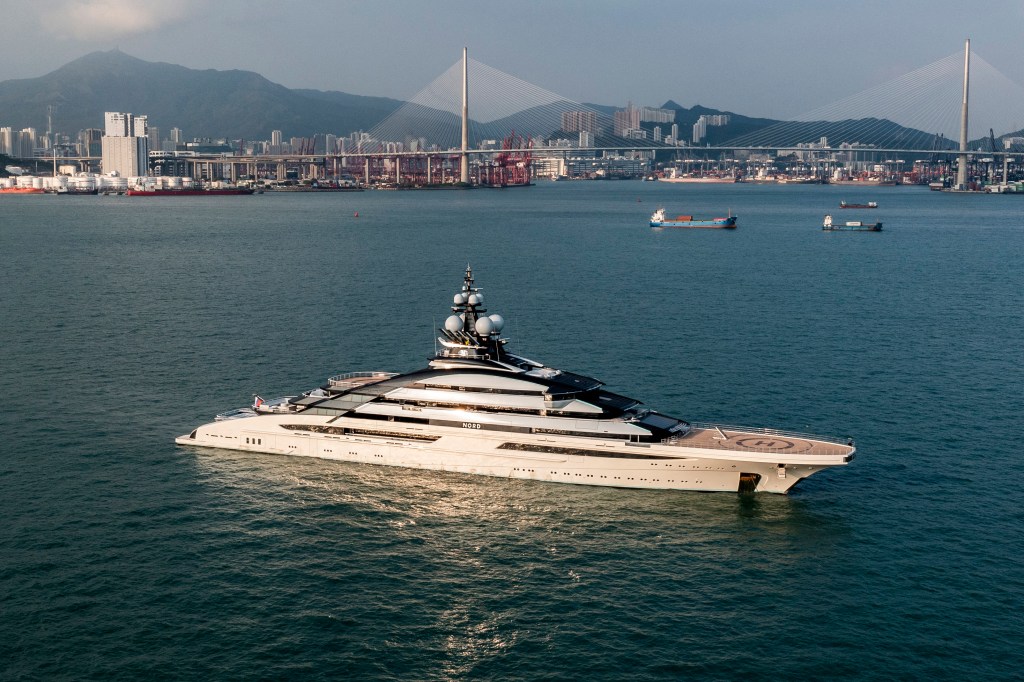With ferries suspended due to the pandemic, pink dolphins are coming back to Hong Kong’s waters.
The Pearl River Delta stretches from the Chinese city of Guangzhou in the north to the Macau Special Administrative Region in the south. It is known as one of the world’s most industrialized estuaries and is a major hub for manufacturing and trade. It is also the home of the pink dolphin or Chinese white dolphin, a rare species that has a life expectancy of up to 40 years. The area’s pink dolphin population has seen a decrease of 70 to 80 percent in the past 15 years due to severe human disturbances, but a lull in sea traffic is bringing them back.
Videos by VICE
Fewer pink dolphins have been spotted over the years, with only 47 seen from April 2017 to March 2018. The pandemic has led to a halt in marine traffic between Hong Kong and Macau and environmental conservationists have reported that the number of pink dolphins in the Pearl River Delta have bounced back. More of them have been spotted near Hong Kong and Macau in recent months. The number of pink dolphins in the Pearl River Delta has reportedly increased by roughly a third since March.
Dr. Lindsay Porter, a Hong Kong-based marine scientist, told AFP that her research team has been seeing larger group sizes of pink dolphins, as well as more socializing and mating behavior.
In a video AFP posted on Twitter, the dolphins are seen making a splash in the now quiet waters.
On Oct. 12, a pink dolphin was also spotted at Sisters’ Island Marine Park in Singapore.
However, experts still fear that they could go extinct.
The Pearl River Delta Metropolitan Region is considered a megacity and is home to some 22 million people. Hong Kong and Macau aside, it also covers a network of Chinese cities such as Shenzhen, Guangzhou, and Dongguan.
Apart from heavy sea traffic, the pink dolphins’ habitat has been threatened by human disturbances such as coastal developments and water pollution. It does not help that the Hong Kong government is also constructing a third runway for the Hong Kong International Airport, which was built on an artificial island in the area.
Dolphins rely heavily on sound for activities such as navigation and communication. The noise generated from marine traffic makes them stressed and can even lead to hearing loss and death. Ships passing by can also strike and injure the dolphins.
The World Wildlife Fund (WWF) had estimated that there are about 2,000 pink dolphins left in the Pearl River Delta, a number that is reportedly declining by 3 percent every year.
In May, WWF-Hong Kong released an Emergency Action Plan, calling on the Hong Kong government to save the species from extinction. The plan proposes a set of core areas to be managed better with minimal human activities and limited boat traffic.
Porter emphasized the importance of encouraging the public to get more involved in the issue.
“Because I really think we are coming to the end of the ability of the dolphins to survive much longer in Hong Kong’s waters,” she said.





